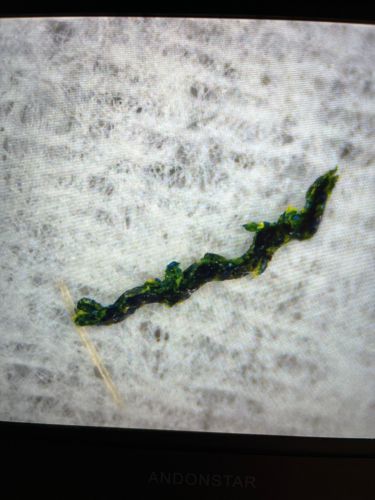Bagworm Larva (Casemaking Bagworm)
Scientific Name: Thyridopteryx ephemeraeformis (likely, as it's a common species with this appearance)
Order & Family: Lepidoptera, Psychidae (Bagworm Moths)
Size: Larval stage inside case: 1/4 inch to 2 inches (6 mm to 5 cm) depending on maturity. Adult males are small moths (wingspan up to 1 inch), adult females are wingless and remain in the case.

Natural Habitat
Found on a wide variety of trees and shrubs, both deciduous and evergreen. Gardens, orchards, forested areas.
Diet & Feeding
Herbivorous. Larvae feed on the foliage of host plants, consuming leaves and needles.
Behavior Patterns
The larva builds a protective case from silk and fragments of the host plant (leaves, twigs). It carries this case with it as it feeds and grows, adding more material to enlarge it. When mature, the larva pupates inside the case. Adult males emerge from the case to find mates, while wingless females remain inside, lay eggs, and die.
Risks & Benefits
Risks: Can be a significant pest, especially in large numbers, causing defoliation and sometimes death of host plants, particularly evergreens. Benefits: In natural ecosystems, they are part of the food chain, serving as a food source for birds and parasitic insects. They are generally not harmful to humans directly.
Identified on: 9/7/2025